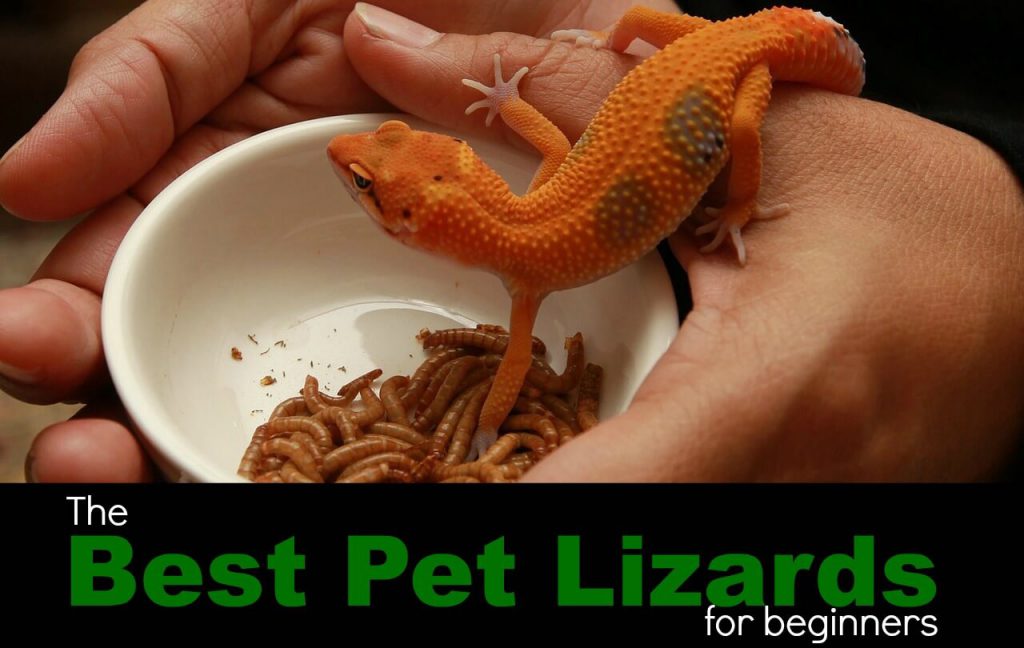Easy To Keep Lizards (Perfect for Beginners)
While reptiles have been gaining in popularity as pets over the last few decades, it is lizards that seem to have come the furthest. There are a number of possible reasons for this.
Firstly, lizards tend to be the least “alien-looking” of all the reptiles. They have legs (unlike snakes). They have eyelids (also, unlike snakes). They lack the shell of the chelonians, and the danger of the crocodilians. They are therefore unusual, exotic pets, without being too odd.
Next, lizards seem capable of be able to display some degree of “personality” – the exact type of behaviour that makes cats and dogs so appealing. Watch a lizard basking under its heat-lamp, eyes half closed in ecstasy and it is easy to imagine ourselves lying on a beach in the sun. Or watch their sudden boost in energy levels and their food is thrown in and we can almost sense the excitement. Lizards, it seems, have personalities where most reptiles do not.
Lastly, there are a handful of lizard species that seem to truly enjoy human company. Whereas a snake or a tortoise might grow to put up with human contact, lizards are really the only reptiles that will actively approach their owner and seek their attention. This can make them very appealing indeed.
But as lizards have grown in popularity, so has the range, making it ever more challenging to select a suitable species of lizard as a pet. The goal of this article then is to examine some of the best lizards for beginners. These species are typically docile to handle, easy to keep and easily found in most reptile shops. As a result, they are the perfect place to start keeping lizards…
Bearded Dragons
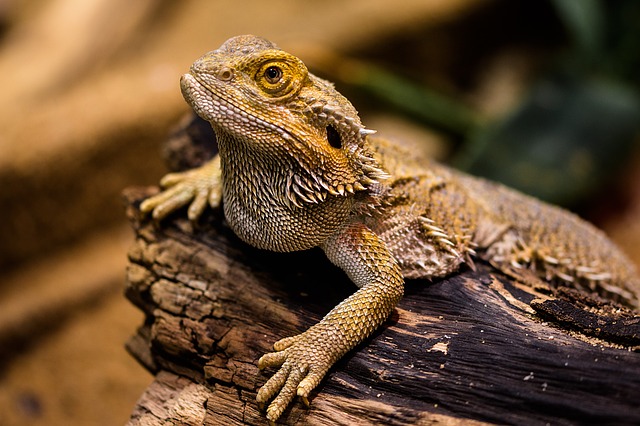
Also known as “beardies”, bearded dragons hail from Australia. These are far and away the single most popular species of pet lizard available today, and for good reason.
Firstly, bearded dragons are some of the most docile and friendly lizards you will ever meet. It is not unusual for particularly tame ones to feel so confident and comfortable in their owner’s presence that they can fall asleep on their owner’s lap!
Besides their great personalities, beardies also grow to a good size. On the one hand you want a lizard that is big enough to make handling it easy and safe. On the other hand you don’t want a lizard that gets so big that you need a spare room to keep it in. The bearded dragon achieves this perfectly, growing to around 30 long (body) with a tail that may reach a similar length again. This may sound large, but in actuality they’re the perfect size for a tame lizard that you can handle.
Leopard Geckos
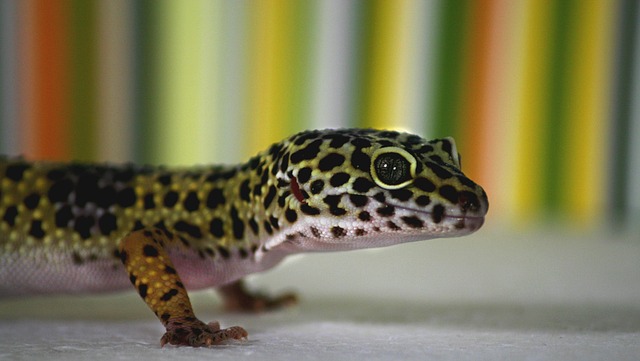
Of all the lizard groups available, geckos have arguably gained the greatest popularity. Indeed there are both pet owners – and even reptile shops – who specialise in keeping as many different gecko species as they can possibly manage. In general, though, geckos tend not to make the best pet lizards.
As a general rule of thumb, geckos can be quite quick, which can make them difficult to handle. Their sticky toe-pads also means they can run across surfaces you didn’t even think were possible, meaning that escapees are possible – even likely. What this means is that overall most gecko species are best avoided as pets if you are new to keeping reptiles as pets.
Leopard geckos are rather different through. They lack the sticky toepads and the speed. Indeed, they’re quite slow and placid in nature, and will happily wonder from one of your hands to the other.
These are hardy lizards too, and there are rarely any problems with them. Size-wise, they are considerably smaller than bearded dragons – perhaps 8-10 inches long at adulthood – but this means you can easily set them up in a naturalistic desert-style vivarium and enjoy their antics as they explore their cage.
Crested Gecko
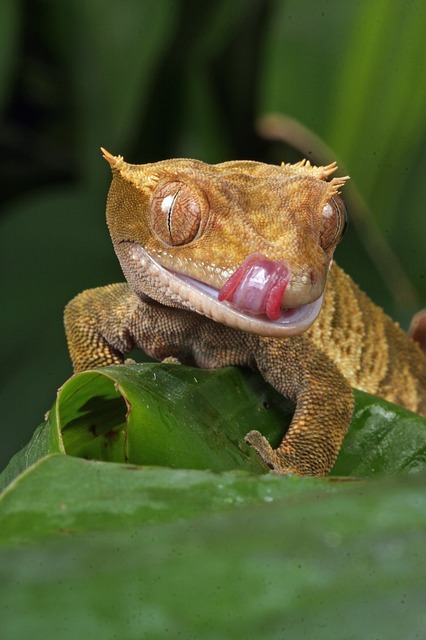
Unlike leopard geckos, crested geckos (or “cresties” for short) do have sticky toe pads.
Fortunately though as a decent-sized lizard they are typically quite slow and docile and are one of the few gecko species that can be safely handled at home without risk of loss.
Unlike many of the other species mentioned here, crested geckos are mainly arboreal, which means they like to climb about their tank on branches and through foliage.
This means that setting up a crestie cage can be a little more complicated and expensive than some of the other beginner lizard species because they require a large, vertical cage in which they can climb.
Also note that unlike some of the species mentioned here, crested geckos require live prey to eat, which can make them a little more problematic than some other species. That said, these are really good-looking lizards and their appearance alone is often enough to make them “the” lizard that a beginner wants, and hence makes all the added expense and hassle well worthwhile!
Uromastyx
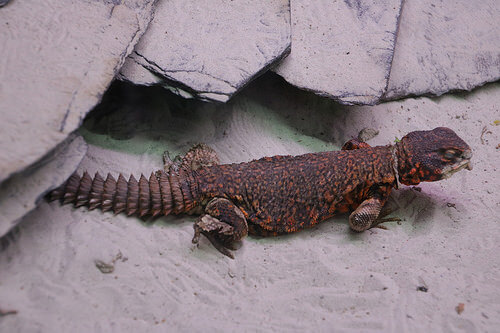
Uromastyx, like bearded dragons, are some of the few lizards that seem to genuinely enjoy contact with their owner, which really helps to make them endearing pets. They also live almost exclusively on plant-matter which helps to make them easy to accommodate in the home.
That said, there are downsides to keeping these lizards, most notably the temperature that their cage must be kept at. Most Uromastyx species require a cage to be truly hot, with a basking spot of 35’C or even higher if they are to remain healthy.
This means that Uromastyx are not lizards to be kept by those concerned about their electricity bill; those high-powered heaters can get through a fair amount of power helping to keep your lizard fit and healthy.
Blue Tongued Skink
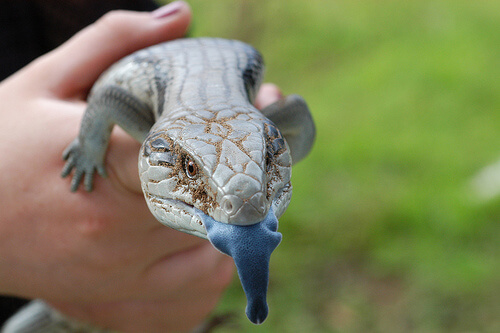
The last species on our beginner’s lizard list is the blue tongued skink which, as the name suggests, really does have a deep blue tongue which they stick out to scare away predators.
These skinks, just like beardies, originate in Australia and reach a good adult size of 35-50cm in total body length, making them one of the largest lizards on this list. Despite their somewhat fearsome appearance, blue tongues are infact quite docile and tame down very nicely indeed.
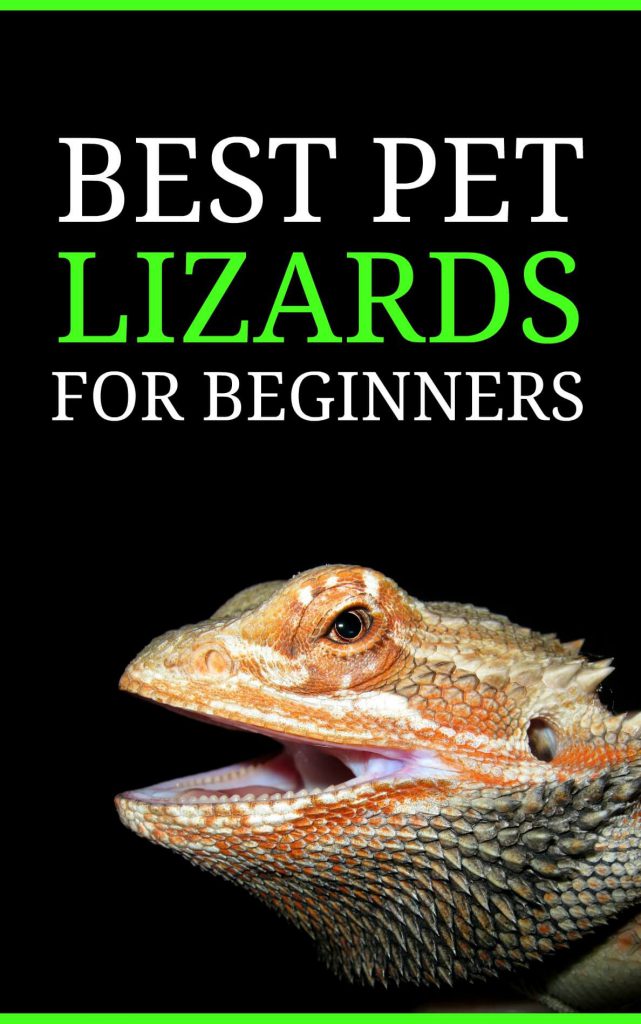
Images c/o Alex Panoiu & Photo by Doug Beckers 


